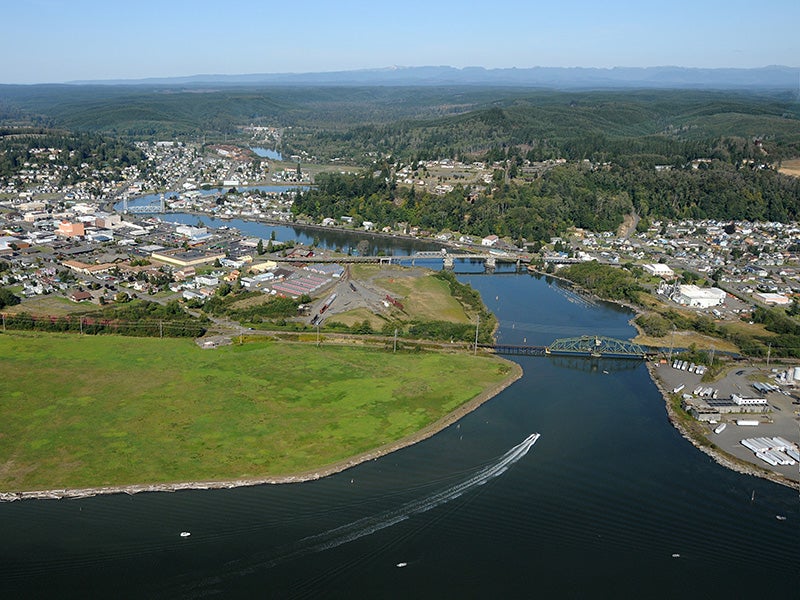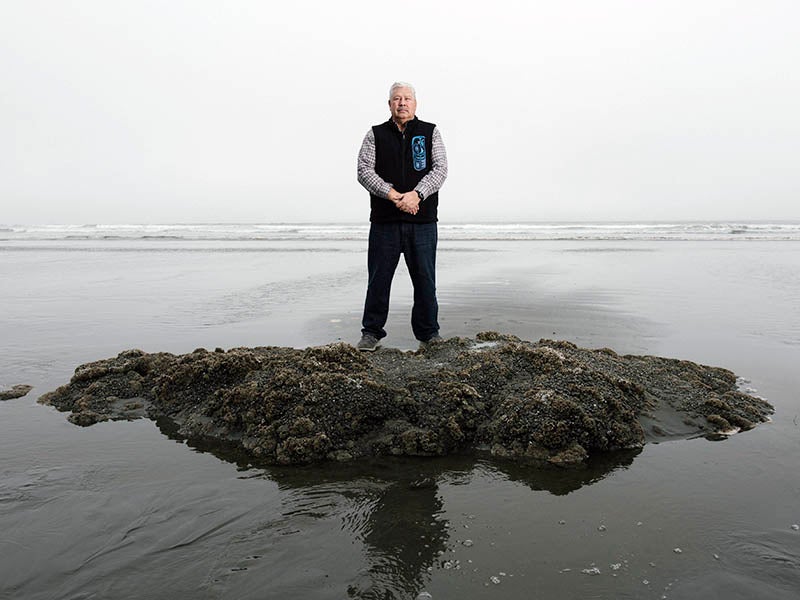Stopping Crude Oil Shipping Terminals In Grays Harbor
Proposed oil shipping facilities could transform Grays Harbor, WA into an industrial crude oil zone.
Case Overview
In the past five years, there’s been a huge increase in oil extracted from the Bakken shale fields in North Dakota and a continued increase in Alberta tar sands production. To get the crude to market, more and more crude oil is being shipped around the country by 100-plus tanker car trains. Pipelines are expensive and subject to review and regulation; transporting crude oil by rail, on the other hand, seems like a way to transport a lot of oil with almost no oversight.
Shipping crude oil by rail has, so far, escaped significant environmental and public review, partly because it is such a new phenomenon and partly because many of the permitting decisions are being made at the most local of land-use planning levels. Public attention has begun to focus on the dangers posed by crude-by-rail, with continued derailments and massive explosions, beginning with the tragedy at Lac-Megantic, Quebec that killed 47 people. Astonishingly, at the same time, the oil industry and certain members of Congress are pushing to lift or loosen the strict U.S. requirements that currently prevent most international export of unrefined domestically produced crude oil.
Grays Harbor is facing three separate crude-by-rail proposals, which combined would ship tens of millions of barrels of crude oil through Grays Harbor each year. Daily trains more than a mile long would bring crude oil from North Dakota or tar sands crude oil from Alberta, Canada along the Chehalis River and into the port, where it would be stored in huge shoreline tanks. The crude would then be pumped onto oil tankers and barges, increasing at least four-fold the large vessel traffic in and out of the harbor. The terminals threaten tribal fishing and gathering rights, fish and wildlife in Grays Harbor, cultural sites and communities throughout the west that would be subject to increased rail traffic carrying dangerous and flammable crude oil.
Earthjustice represents the Quinault Indian Nation in a challenge to 2 of the 3 proposed facilities to ensure Grays Harbor is not transformed into an industrial crude oil zone. In November 2013, a Washington state review board vacated the permits for these projects because they violated requirements for full and transparent environmental and public health review. On remand, the state and local agencies are now beginning a full, public environmental and public health review.

Case Updates
Case page created on April 18, 2013.

